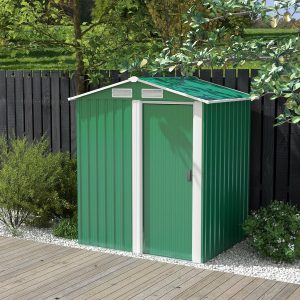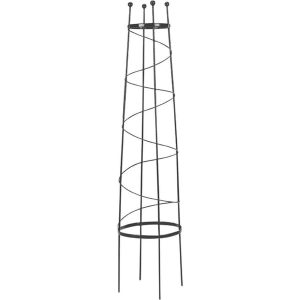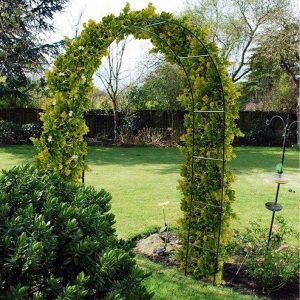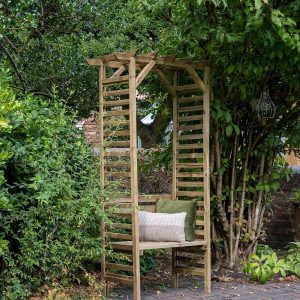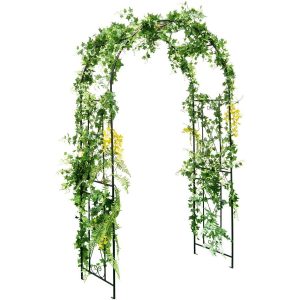Standing at 110 x 35 x 230 cm, our lofty garden archway lattice is perfect for a range of climbing flora to ascend and can serve as an ornate gateway for your outdoor space – be it a garden, backyard, or patch of grass. Enhance the arch with streamers, fairy lights, or fabric accents for a charming touch, making it a fitting embellishment for your special events like birthdays, weddings, or other gatherings.
Arched Garden Plant Climbing Support Structure – Black

















